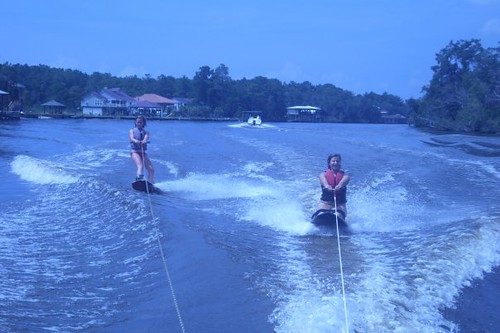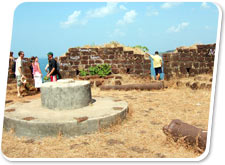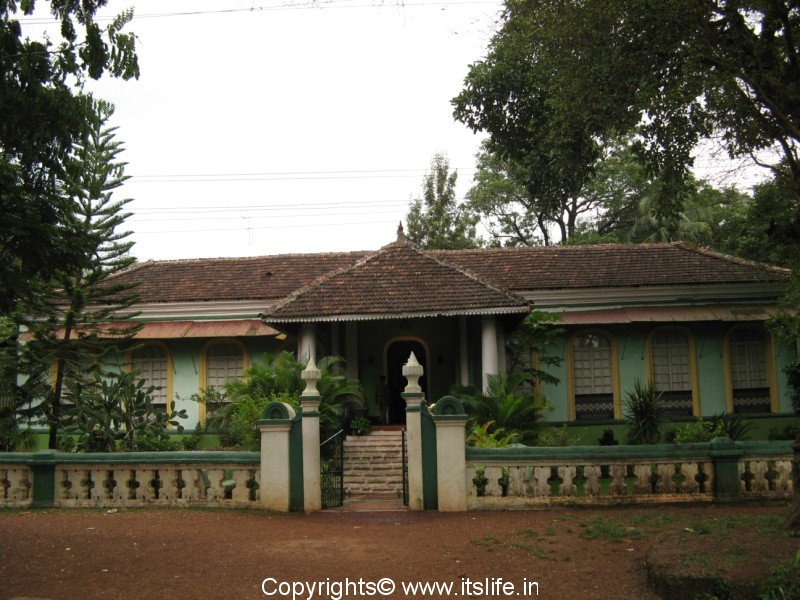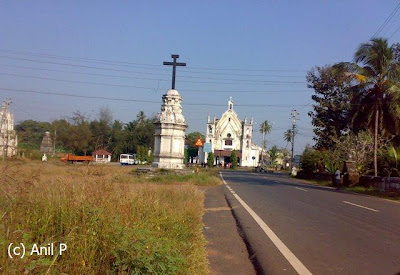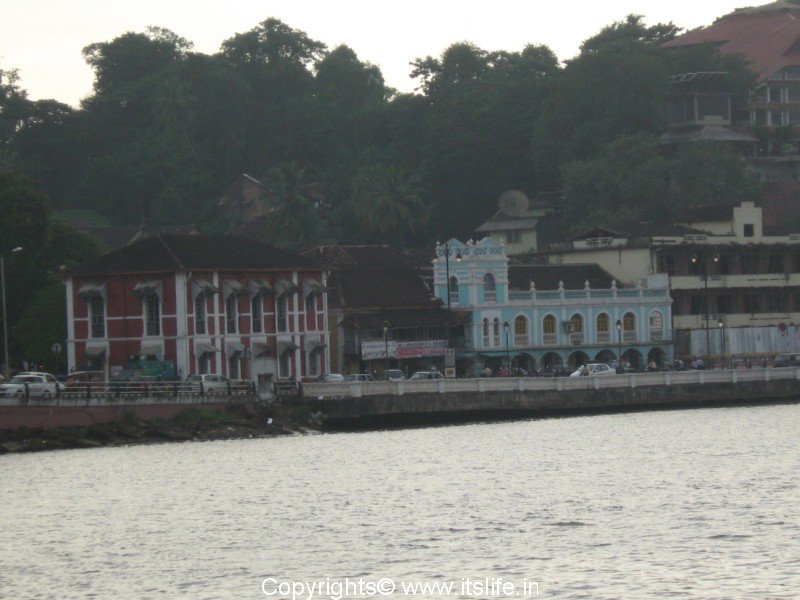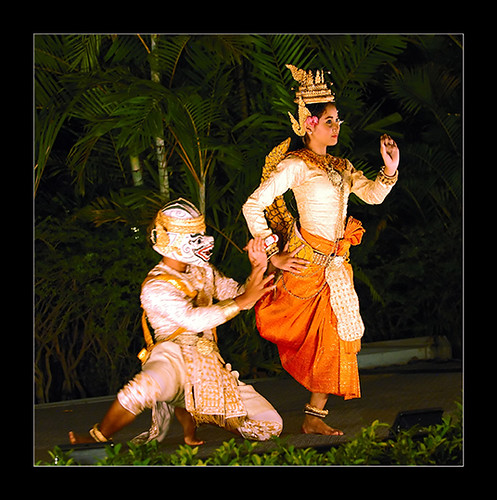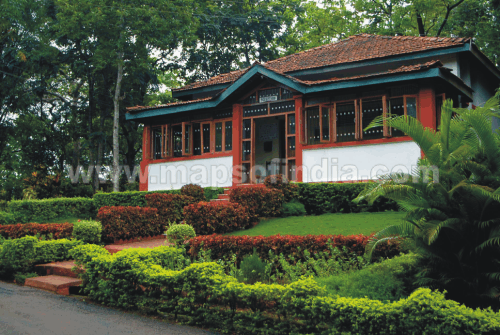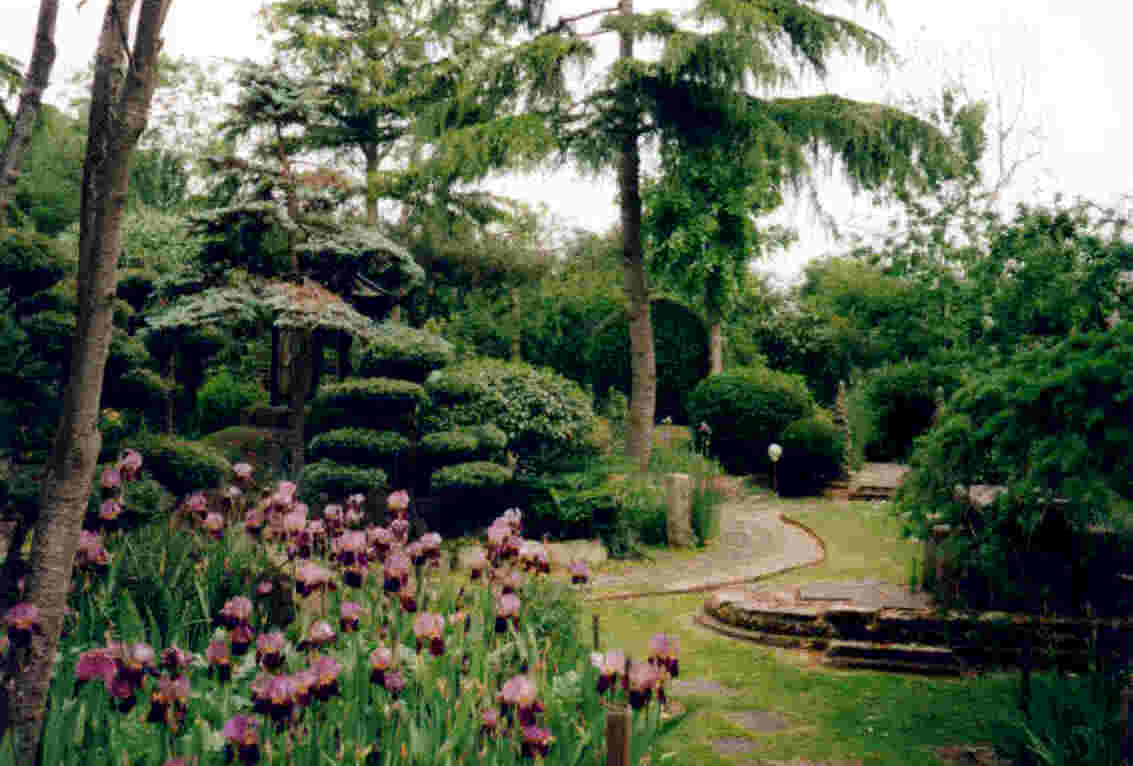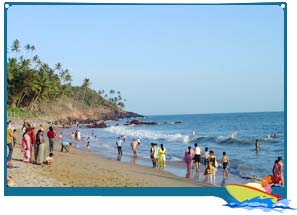Basilica of Bom Jesus

Basilica of Bom Jesus Old Goa- Goa
About Basilica of Bom Jesus
Nine kilometers from Panaji, standing witness to a milestone event in the history of Christianity, is the world famous church of Goa, Basilica of Bom Jesus.
It was the first church in India to be raised to the status of a minor Basilica in 1946. Construction work began in 1594 and the church was consecratedon 15th of May,1605 by the Archbishop, Dom Fr. Aleixo de Menezes. Dedicated to infant Jesus, this church is most revered among the Goans. The mortal remains of Goa's patron St. Francis Xavier are kept here. Referred fondly as 'Goencho Saib' (Lord of Goa) by Goans, emotions of Goans run high when it comes to St. Francis Xavier. St. Francis was a member of society of Jesus who came to Goa in a 1542. Although his stay in Goa was short, just four months, but he kept coming back time and again since Goa housed the headquarters of Society of Jesuits in the East. He died enroute to China on December 3,1552. Though he was buried there, his body was brought back to Goa after two years in accordance with his wish. It was then discovered that the body was still intact. The body at that time was laid in St. Paul's church but after St. Francis Xavier was Canonized in 1662, it was shifted to Basilica of Bom Jesus where it remains till date. Public viewing is held every ten years. This event attracts lakhs of pilgrims from round the globe.
Declared a world heritage site, Basilica of Bom Jesus stands as a fine example of Jesuit architecture. The design was inspired from St. Paul church but that church stands in ruins now. In the same compound built by Jesuits, was their Professed house. The Professed house, a double storeyed structure is made of laterite and lime plastered. Facing west, this triple storeyed structure stands 75 3/5 feet wide and 78 ½ feet tall. The facade of Basilica of Bom Jesus is a visual delight flaunting a combination of Ionic, Doric and Corinthian styles in the columns. The ground floor has three portals, above them are three corresponding long windows and on the second floor are three circular windows. While the beautification is true Baroque style complete with curves and embellishments, the facade is adorned by pillars and carvings. But the layout is simplistic with a single nave inspired by Renaissance style. The top most part of the facade forming a quadrangle is carved in basalt to form a medallion illustrating the emblem of Society of Jesus.
Attached to the church is a modern art gallery, the Bom Jesus Church art gallery. It's the first and largest art gallery in Asia. A buttress wall on the northern side is a recent addition to the structure. Basilica also organizes a sound and light show based on the life of Christ, St. Francis Xavier and Blessed Joseph Vaz and the feast is held every year on December 3. The basilica is open from 6 am to 6:30 pm. everyday
Inside Basilica of Bom Jesus
Crucified in form, interiors of the Basilica are Mosaic Corinthian style, but the Renaissance inspired simplicity is remarkable. One of the richest churches in Goa, the floor of the church is made of grand marble and inlaid with precious stones. The roof of the church was originally tiled. There is a choir above the entrance supported by columns. These columns hold slabs which inform in Portuguese and Latin that 'the construction of this church of Jesus began on November 24, 1594 and Fr. Alexia de Menezes, the Archbishop of Goa and Primate of India consecrated it on 15 May 1605, when it was completed.' Also within the domicile are a main altar, a sacristy, a belfry at the back and two chapels, at the either ends of the transept. Running 182 4\5 feet long and 55 ½ feet broad, on each side are three rows of windows, one above the other. A projecting gallery in the second row supported by columns meant for dignitaries runs on the sides. At the end of the nave is main altar rich with gilded work in gold dedicated to infant Jesus. It has a statue of infant Jesus under the protection of St. Ignatius of Loyola, founder of the society of Jesus, his eyes on the medallion of Jesuits. Above the medallion are depicted the holy trinity- the Father, the Son and the Holy Ghost.
On the either side of the main altar in the transept are the other two altars dedicated to Our Lady of Hope and St. Michael. All the altars are rich with guild work and Baroque in style. In the north of the transept is the chapel of the blessed sacrament or the Mausoleum of St. Francis Xavier. This chapel where St. Francis Xavier lies in a silver casket is lavishly decorated with wooden carvings and paintings depicting scenes from the life of the saint. The tomb of St. Francis made of rich marble of different colours took ten years to complete. A present to the church from the last Medici, the duke of Tuscany, Cosimi III, this tomb was designed by famous Florentine sculptor Giovanni Batista Foggini. In the centre of the nave of the church is the cenotaph, embellished with bronze guild, of the benefactor of the church Dom Jeronimus Mascarenhas, Captain of Cochin and Ormuz. An extensively carved wooden pulpit with a canopy is projecting from the southern wall. The pulpit is carved on its three sides with images of Jesus, four evangelists and four doctors of the church.
The church also has a rich collection of paintings relating to the life of St. Francis Xavier. On the Southern wall of the church are displayed paintings (Italian school) depicting various instances from the life of St. Francis Xavier.
Inside the Basilica of Bom Jesus Art Gallery
This modern art gallery is one of the largest and one of its kind in Asia. The gallery houses paintings of Italian art. The gallery has 36 oil paintings made between 1973 and 1976. The artist was paid only for the material used, his creativity being a gratis for the church, thus was commissioned by Fr. George D'Sa. The largest two are 'The Last Judgement' (6ft x 9ft) and 'Genesis' (4ft x 28ft).







